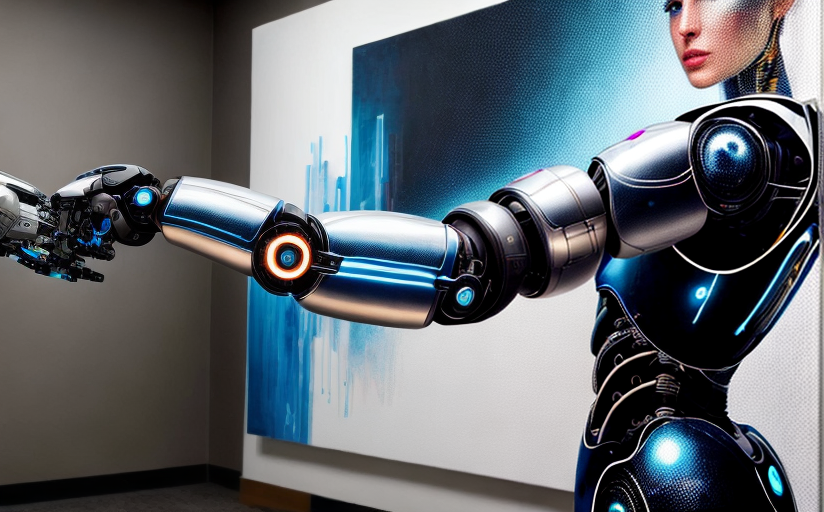Artificial Intelligence and Contemporary Art: An In-depth Exploration
The prevalence of artificial intelligence (AI) as a central theme and mechanism in modern art has immensely grown over recent years, shaping the landscape of contemporary art and challenging traditional perspectives on art. The advent of AI has led to a seismic shift in the way artists tell stories, express human emotions, and represent various aspects of the human experience.
The Role of AI in Art Practices
Several artists and technologists have adopted AI methodologies and techniques to create remarkable, mind-boggling works of art. They seamlessly integrate AI capabilities like deep learning, generative algorithms, machine learning, and data-driven algorithms into their art practices.
Impact of AI on Creativity, Production, Reception, and Interpretation of Art
Significantly, AI has redefined the boundaries of creativity, offering novel ways for artists to envision and produce art. It has expanded the scope of what art can be by introducing elements of interactivity, personalization, and non-linearity. Furthermore, AI shifts the reception and interpretation of art, as it can challenge viewers to engage with the artwork in new ways, probing the relationships between humans, machines, and creativity.
Theoretical and Philosophical Shifts
AI applications in art have also triggered profound theoretical and philosophical shifts within the art world. The human artist's role is being re-evaluated in the face of AI-generated art, prompting debates about originality, authenticity, and the nature of creativity itself. The dynamic exchange between AI and art also probes the boundaries of consciousness and poses questions about the distinctly human ability to create.
Potential and Challenges of AI in Contemporary Art
Despite its enormous potential, AI in contemporary art is accompanied by various challenges. These include ethical issues, the digital divide, concerns about the homogenization of artwork and the potential devaluing of human creativity. However, the potential for innovation and transformation in the art world through AI is vast and continues to inspire artists and technologists alike.
Notable Artists and Exhibitions
Several artists, such as Mario Klingemann, Anna Ridler, and Robbie Barrat, have been recognized for their significant contributions to AI art. Noteworthy exhibitions, like the 'AI: More than Human' exhibition at the Barbican Centre in London, have showcased the revolutionary influence of AI in contemporary art.
The Future of AI and Art
As AI continues to evolve and mature, its impact on the art landscape will only increase. Artists will uncover new ways of combining technology and creativity, pushing boundaries, and redefining what is understood as 'art.' AI will also become more accessible and integrated into everyday artistic practices, blurring the line between artist and machine. The future at the intersection of AI and contemporary art is promising and full of fascinating possibilities that challenge established paradigms.


















Comments
Leave a Comment